In September last year, Apple introduced a new series of iPhones. Its top model is the iPhone 13 Pro Max. Since it was almost time for me to upgrade to a newer device, the choice clearly fell on the largest model, as I had been using the Max moniker before. How am I doing after four months of using it?
The Apple iPhone 13 Pro Max is the best iPhone the company has ever released. Is it surprising? Of course not. As technologies evolve, so do the devices in which they are implemented. So I don't want to bash the device here, because if you look at it comprehensively, you'll find very few Android machines on the market that can match it in any way.
Compared to previous generations, this is not a revolution. The 12s brought only evolution, for practically everything that the XNUMX models already had. However, there are a few changes here, but a few expected novelties did not come at all. The points mentioned below are based on the meaning of my use of the device and you may not mind. Moreover, these are still only minor blemishes on the beauty of an otherwise perfect machine. In four months, other ailments practically did not appear, and that is quite respectable.
It doesn't have Always-on
Always-on display is only offered by Apple Watch in the company's portfolio, but it has been since Series 5. It works quite simply. The brightness and frequency of the display will be reduced here, so it still displays certain information. It was expected that this function would also come with the adaptive display of the iPhone 13, but this did not happen, even though the Pro models already have an adaptive refresh rate for their displays. So that's one fact that would record the function.
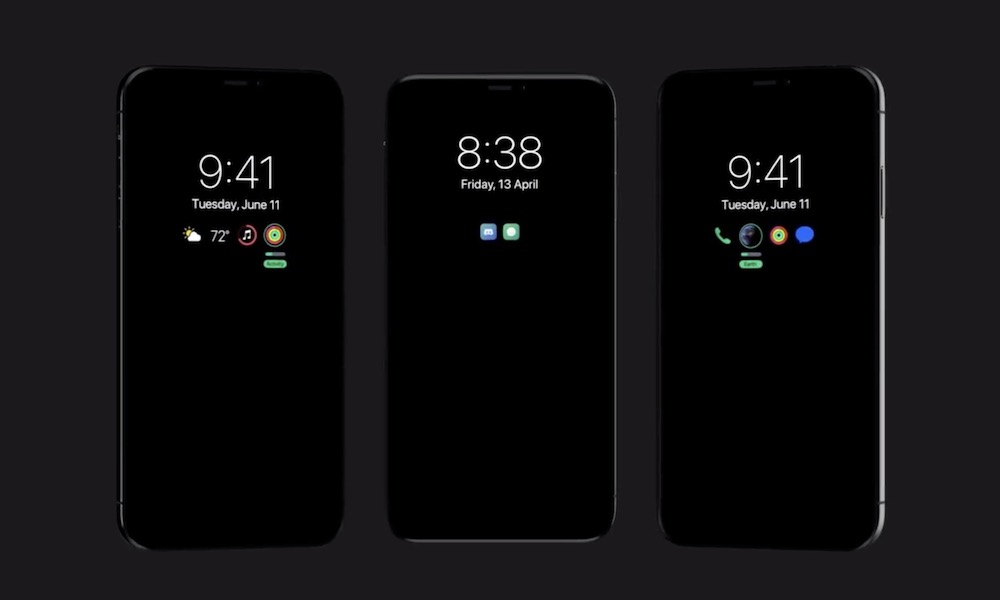
The other is a significant increase in their stamina, so that wouldn't be a problem either. But Apple didn't add Always-on. Apple Watch owners don't have to worry, because they have all the information on their wrist. But those who prefer a classic watch have to keep tapping on the iPhone's dimmed screen to find out about missed events. It would certainly be different in 2022.
Face ID does not work in landscape
A lot of water has passed since the introduction of the iPhone X in 2017. When Apple introduced the first generation of bezel-less display devices, Face ID was a stunner. Even if it didn't work across the board, it was new technology after all. But even after more than four years, iPhones still can't do this. It annoys the most in the car, or when you have your phone on the table and you just tap it to wake up. At the same time, iPad Pro can recognize users in both portrait and landscape mode.
It could be interest you
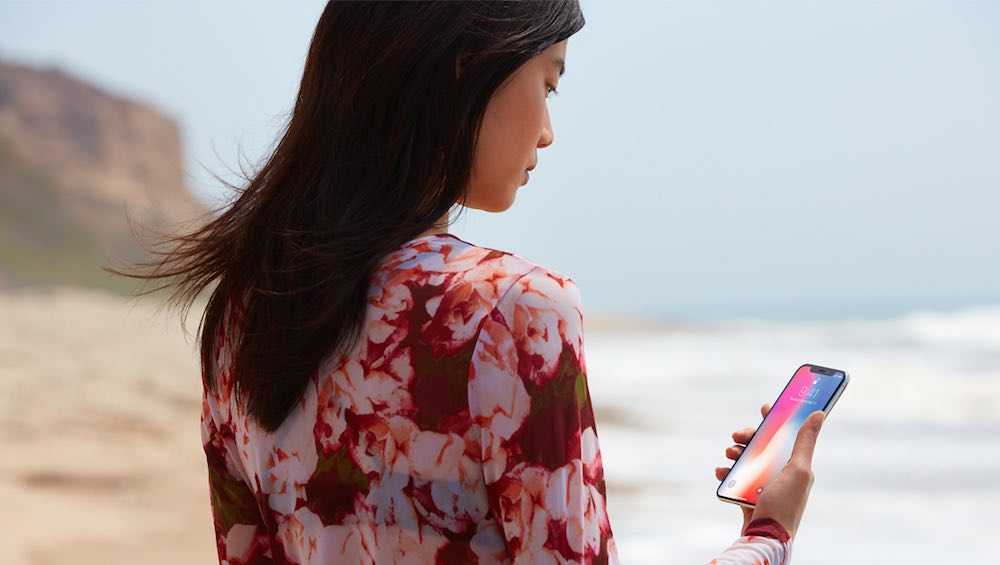
The selfie camera is not in the center of the display
With the iPhone 13, Apple has rearranged the order of elements in its display cutout for the first time since the aforementioned iPhone X. He may have shrunk it, but it's still there. Then when he moved the speaker to the top frame, there was room to move the front camera from the right side to the middle. But Apple moved the camera too far, so it moved it from the right side to the left side, so it did the worst thing it could. Not only is it not in the middle, so it keeps distorting the person's view, but the person keeps looking away.

But the problem with the selfie camera is not only that it is not placed in the middle. Its problem is that one often looks at what is happening on the display, and not at the camera. This is a problem not only when taking photos but also during video calls. But on iPads we already have image centering. So why didn't Apple give it to iPhones as well? After all, more people use them than iPads, so it might make even more sense here.
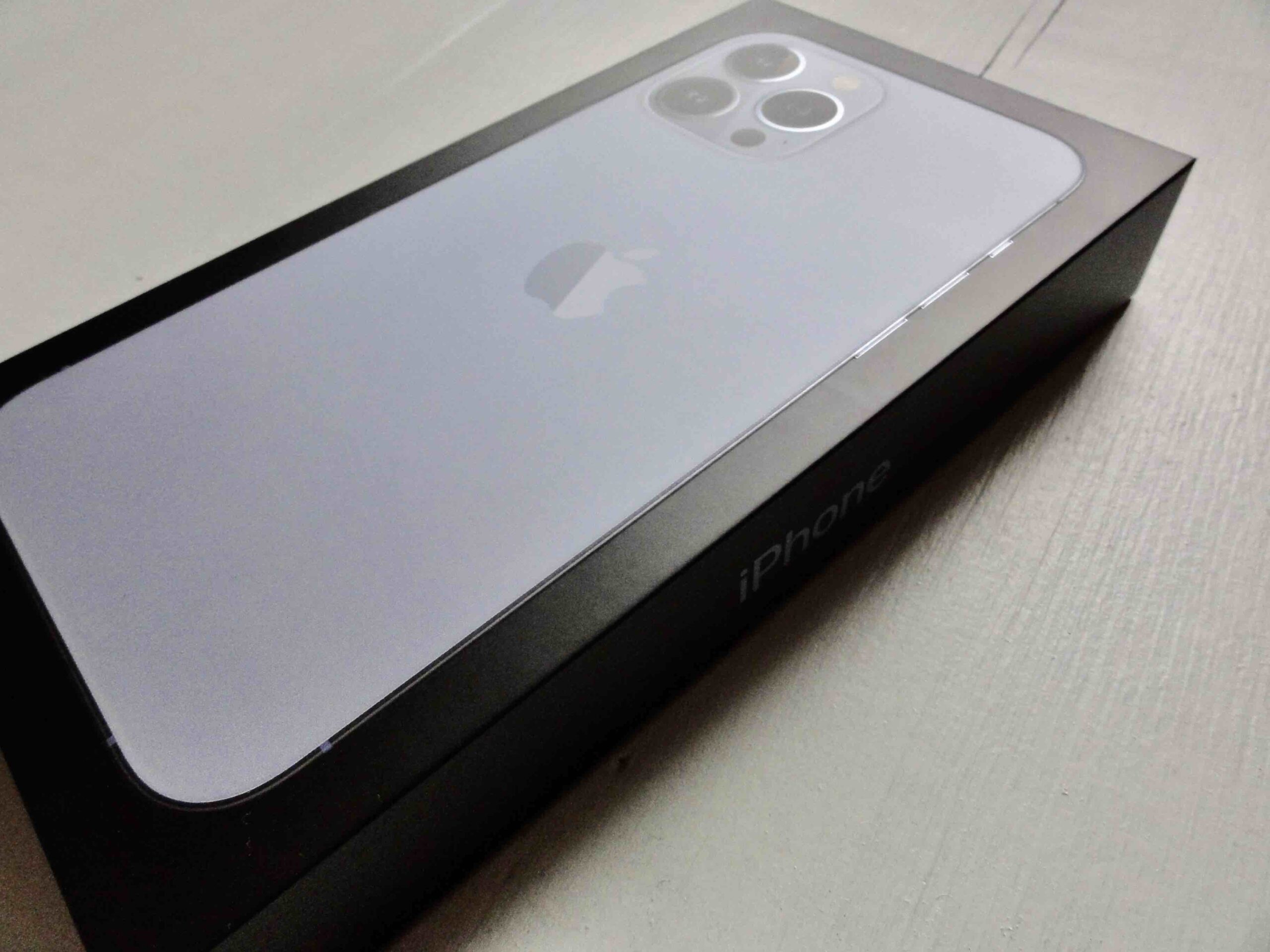

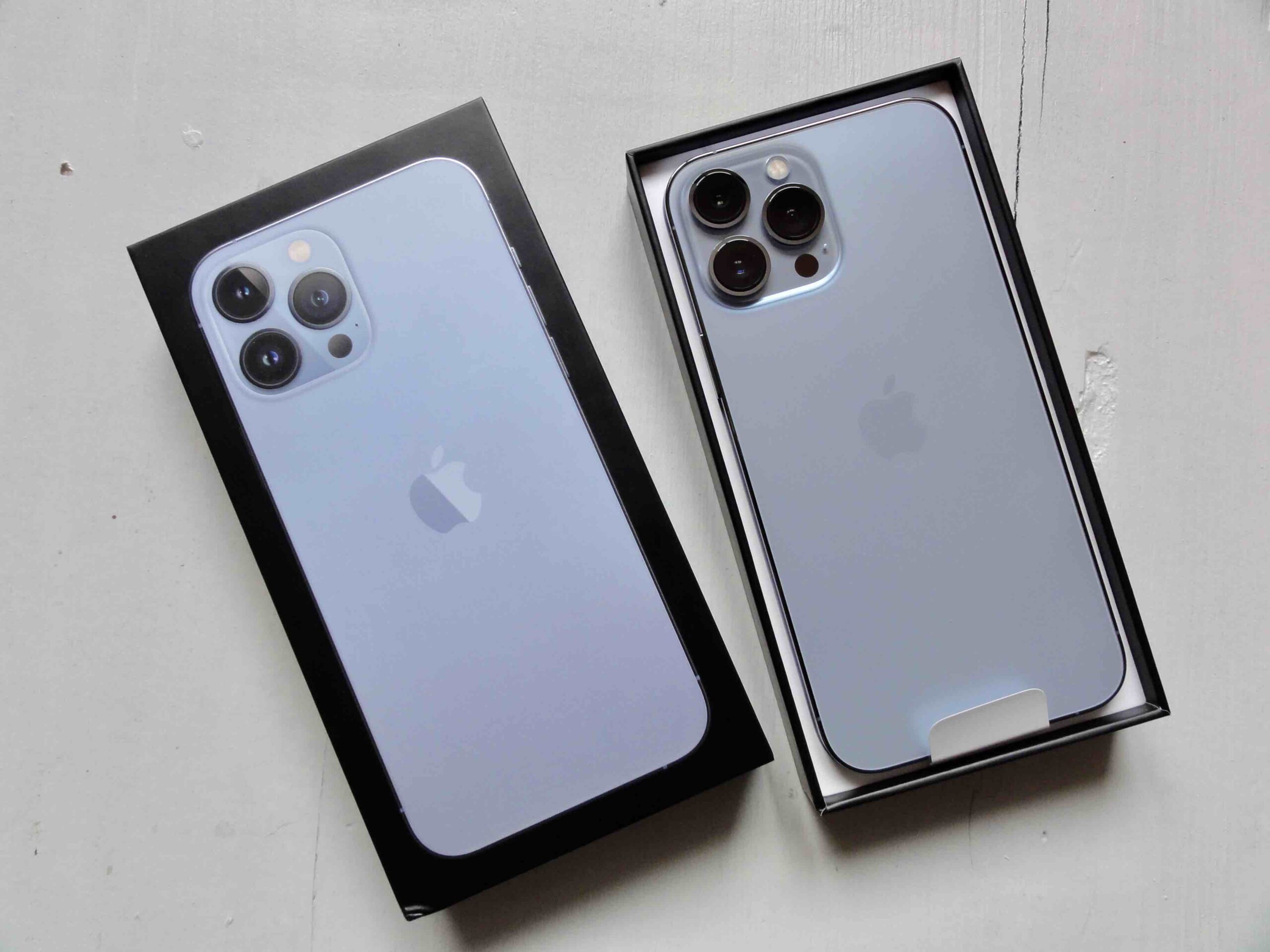
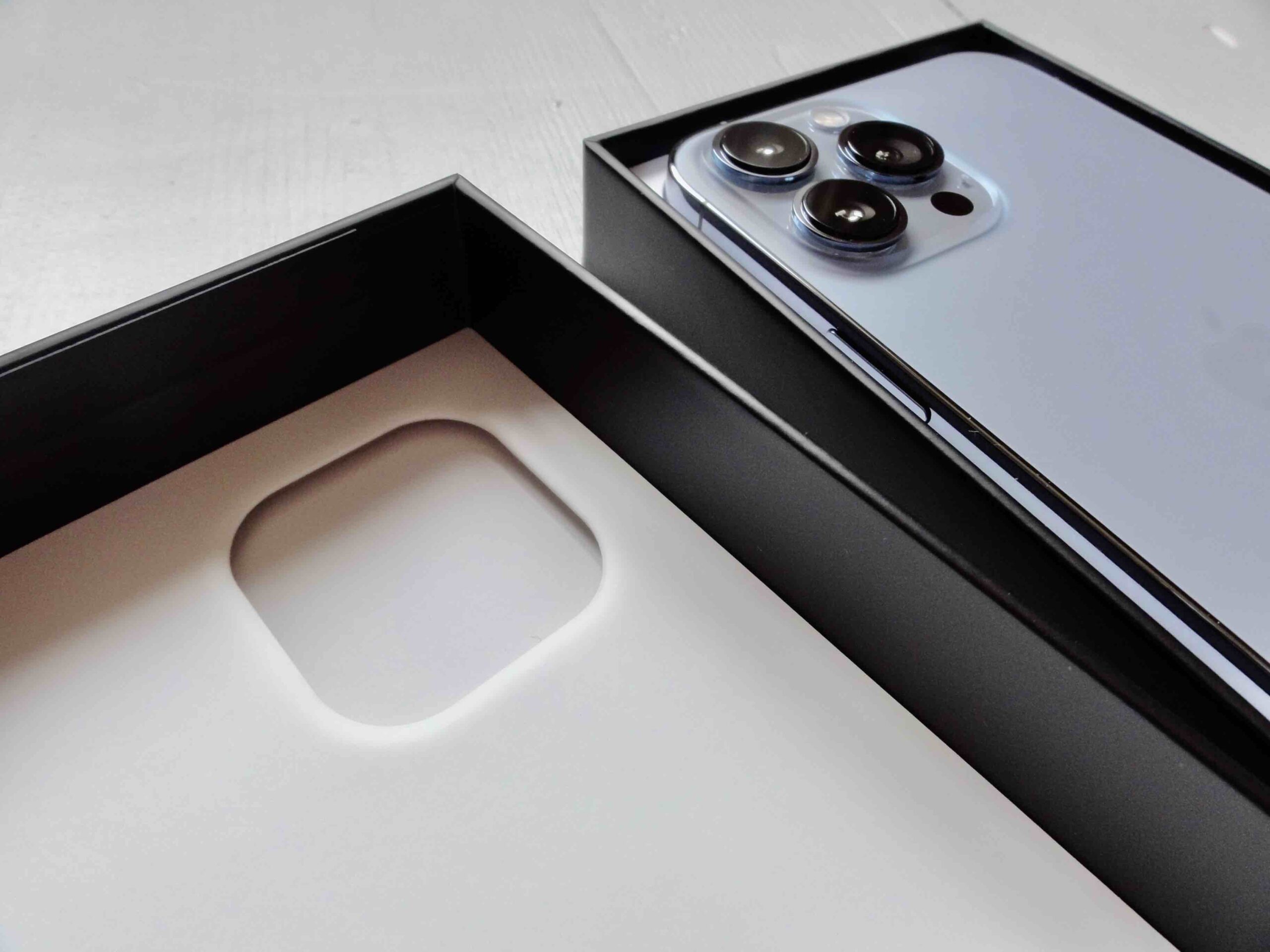
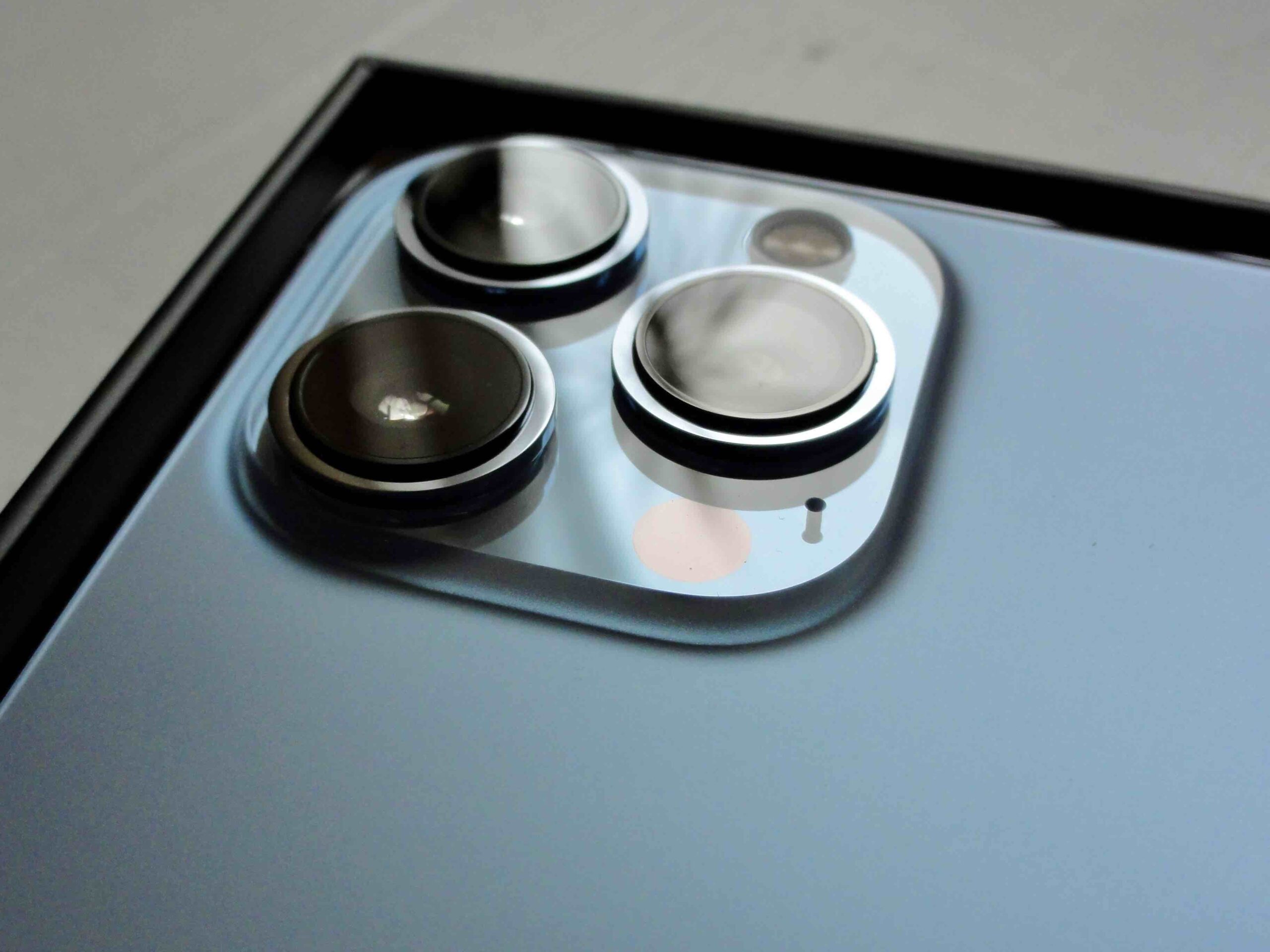
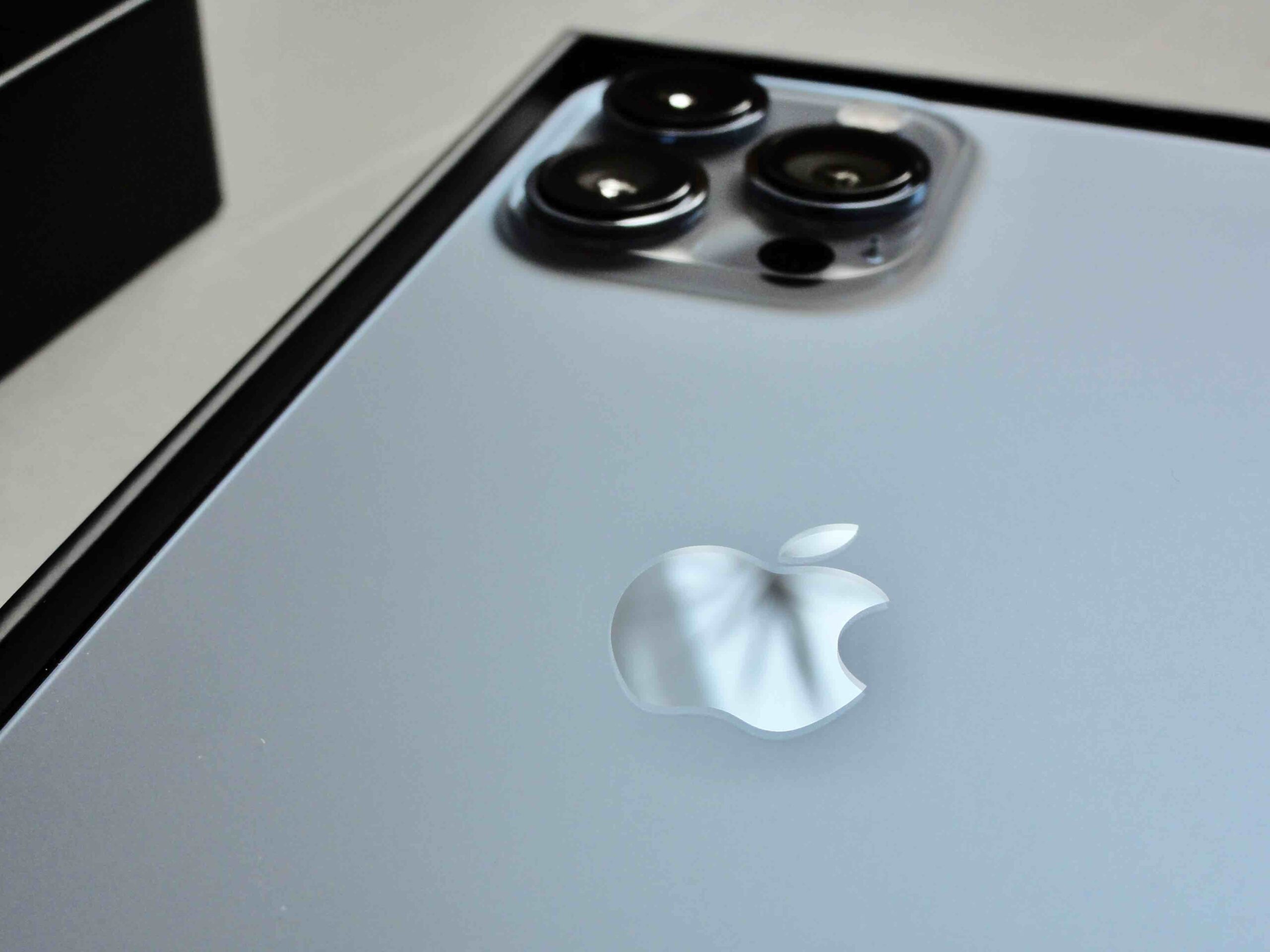
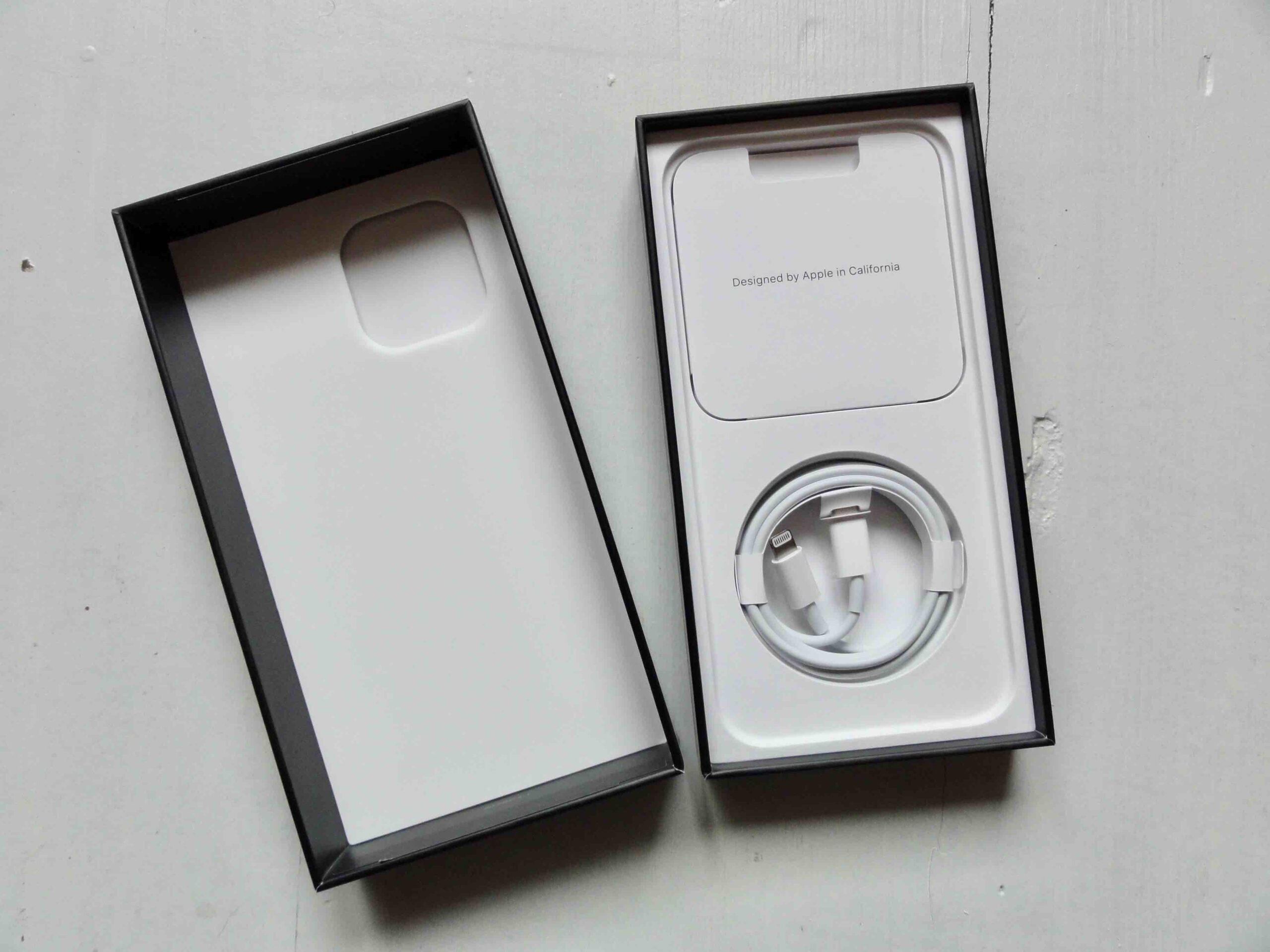
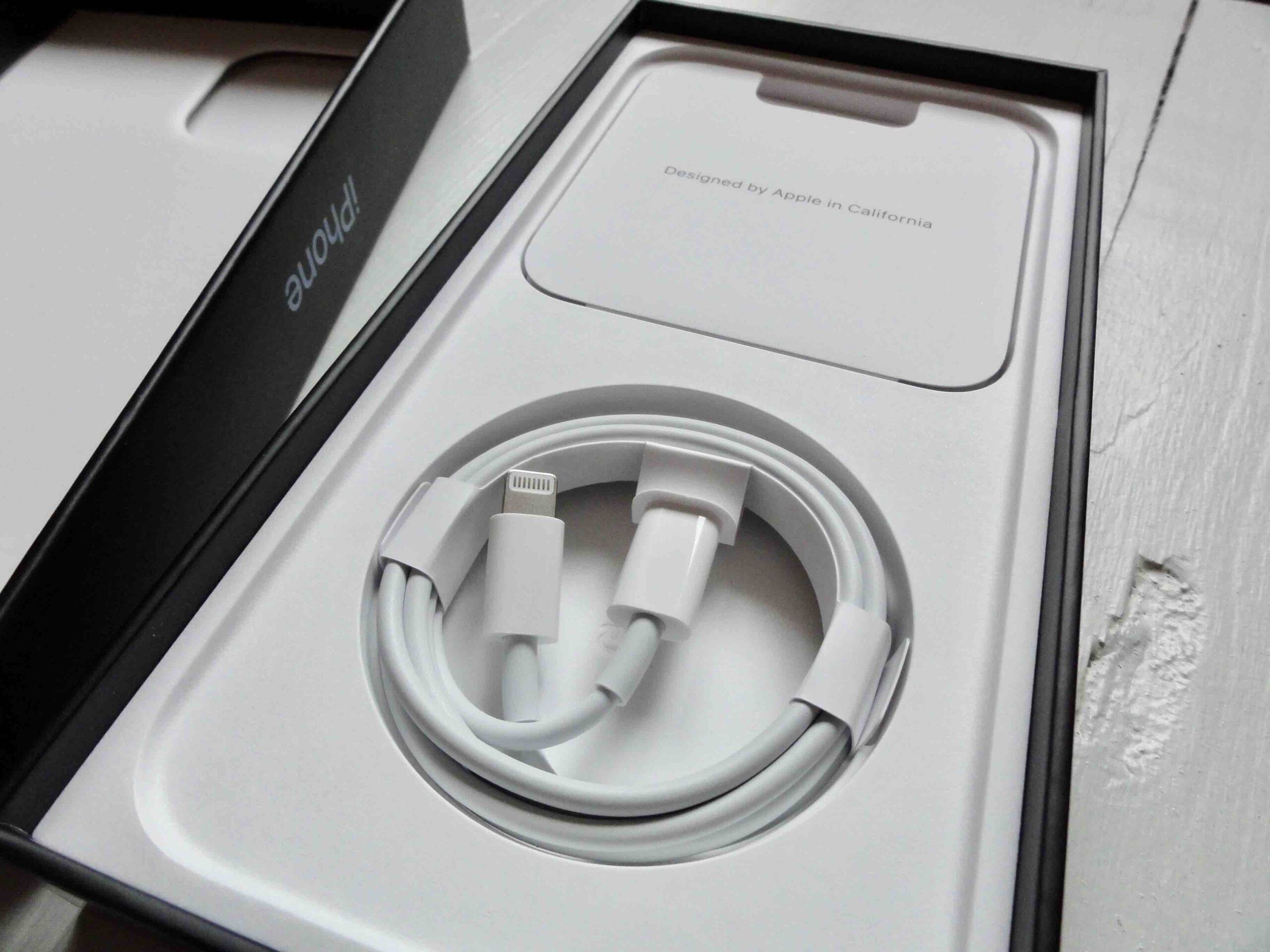
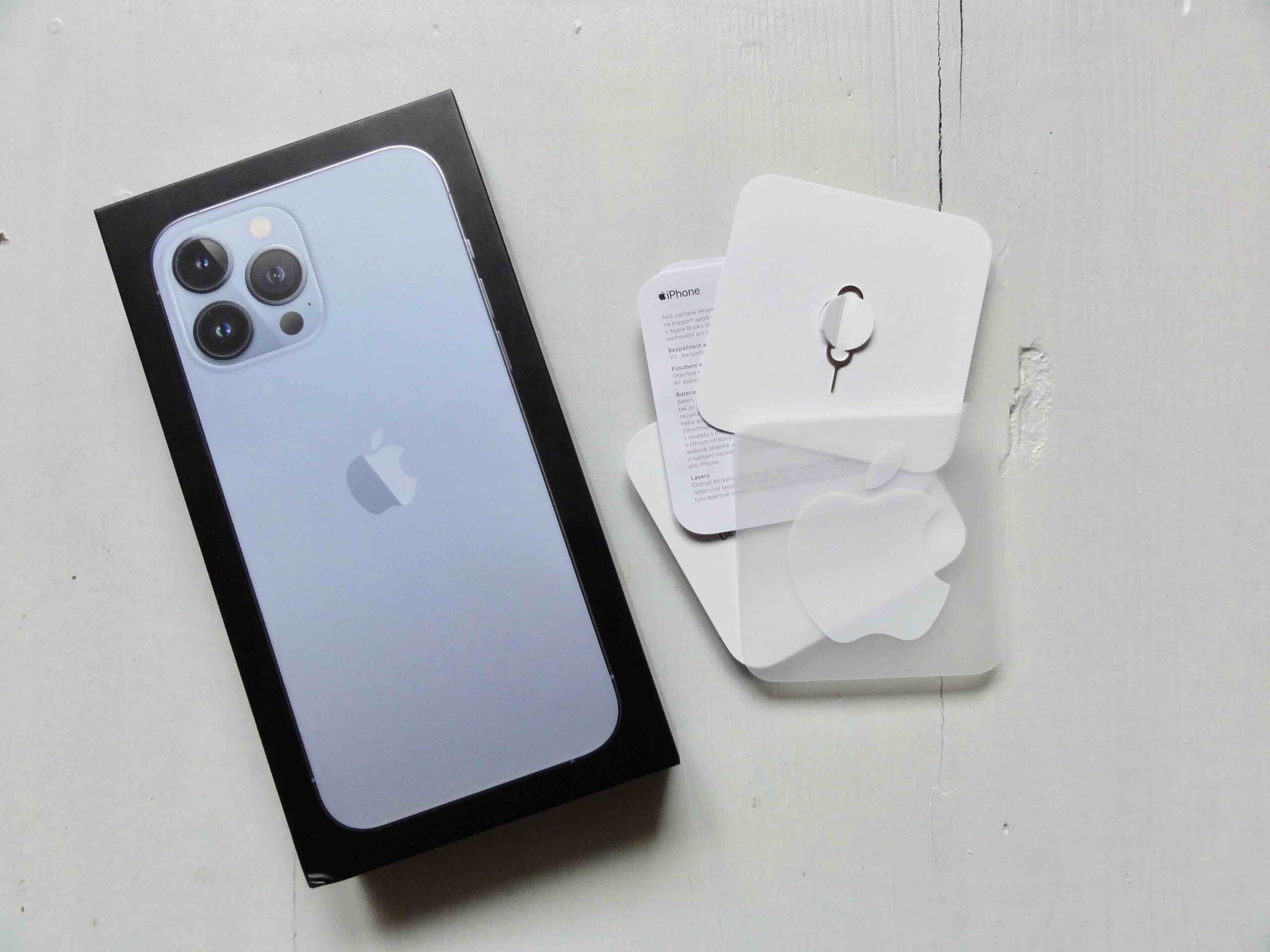
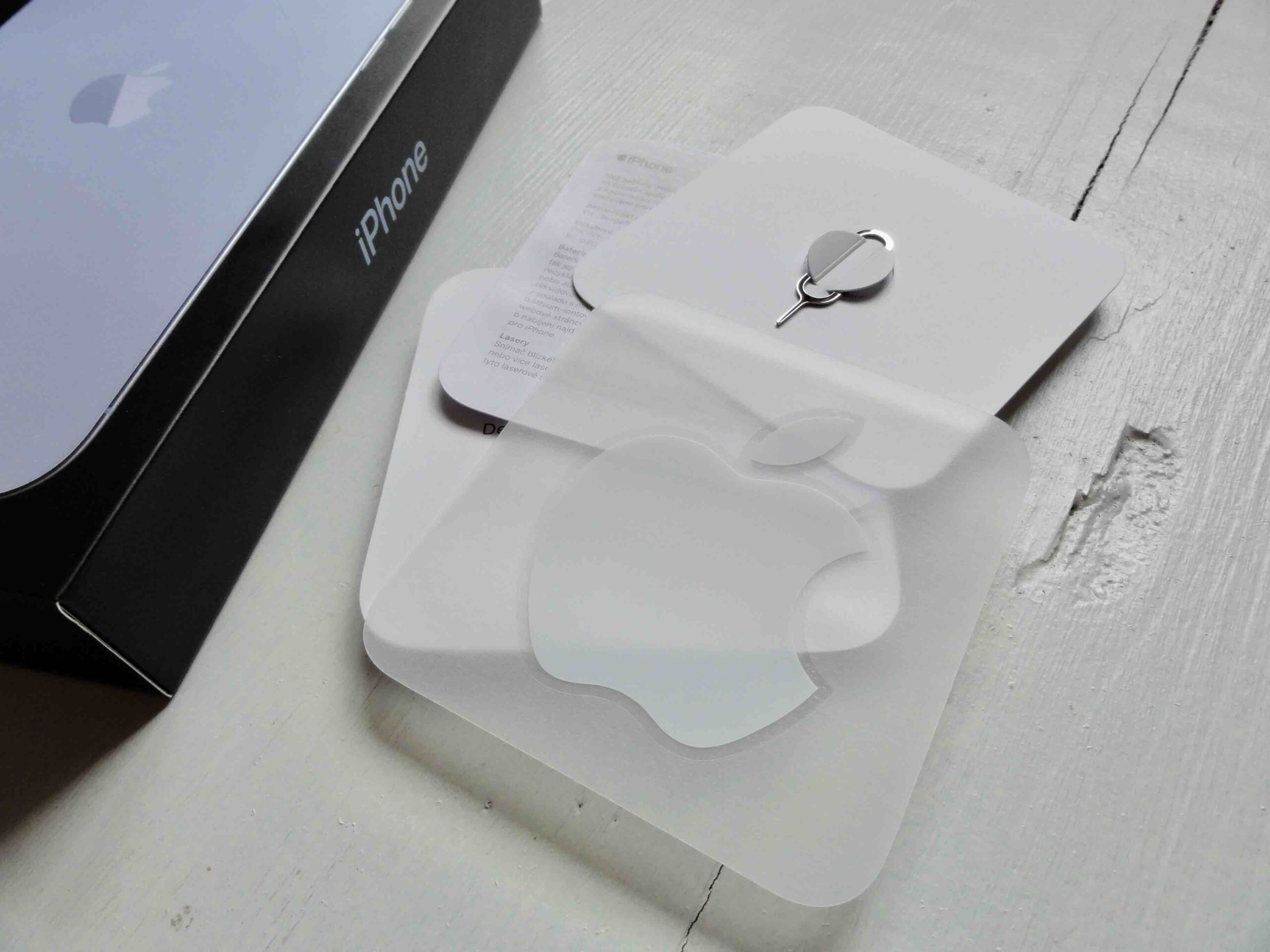

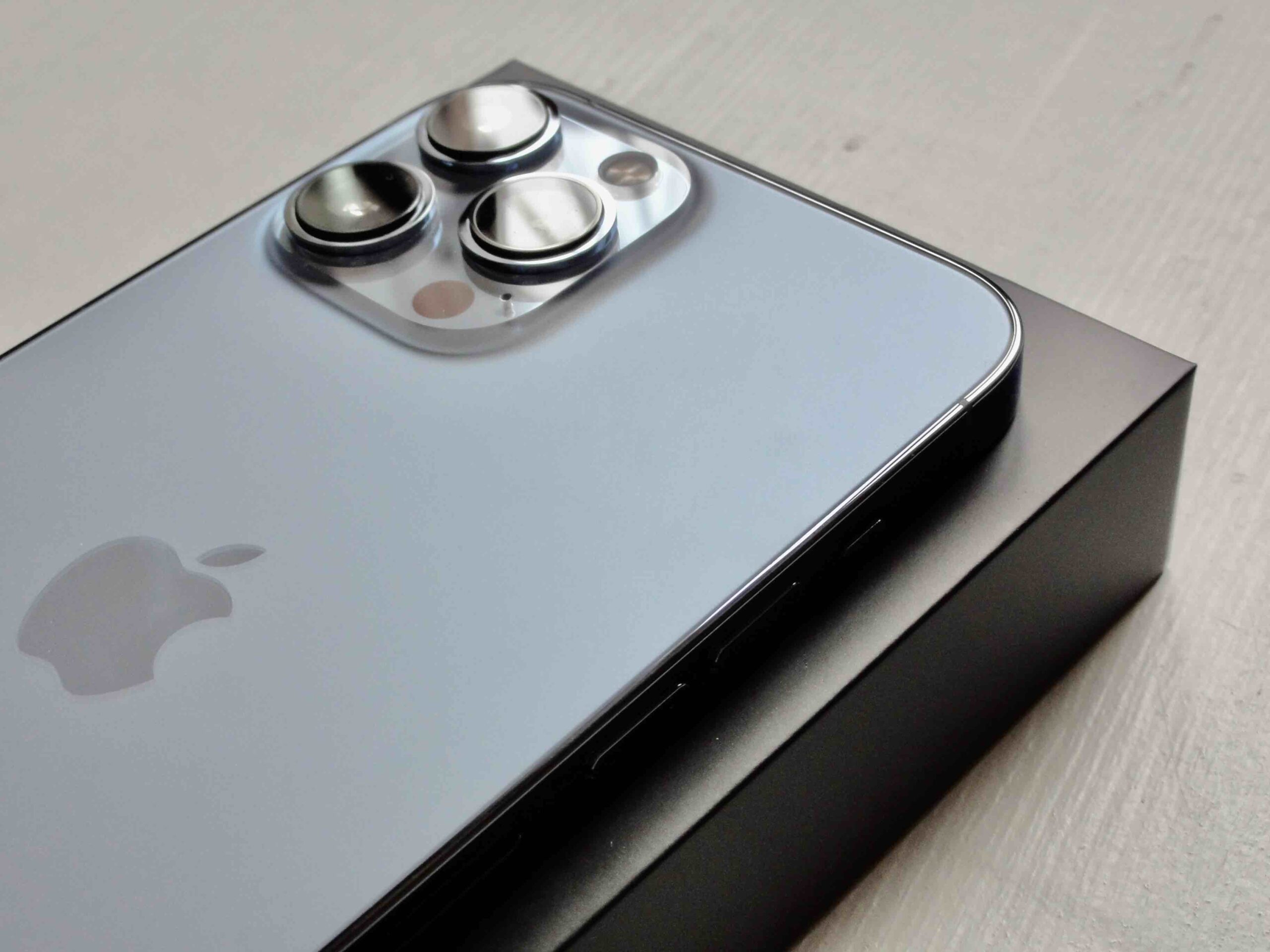
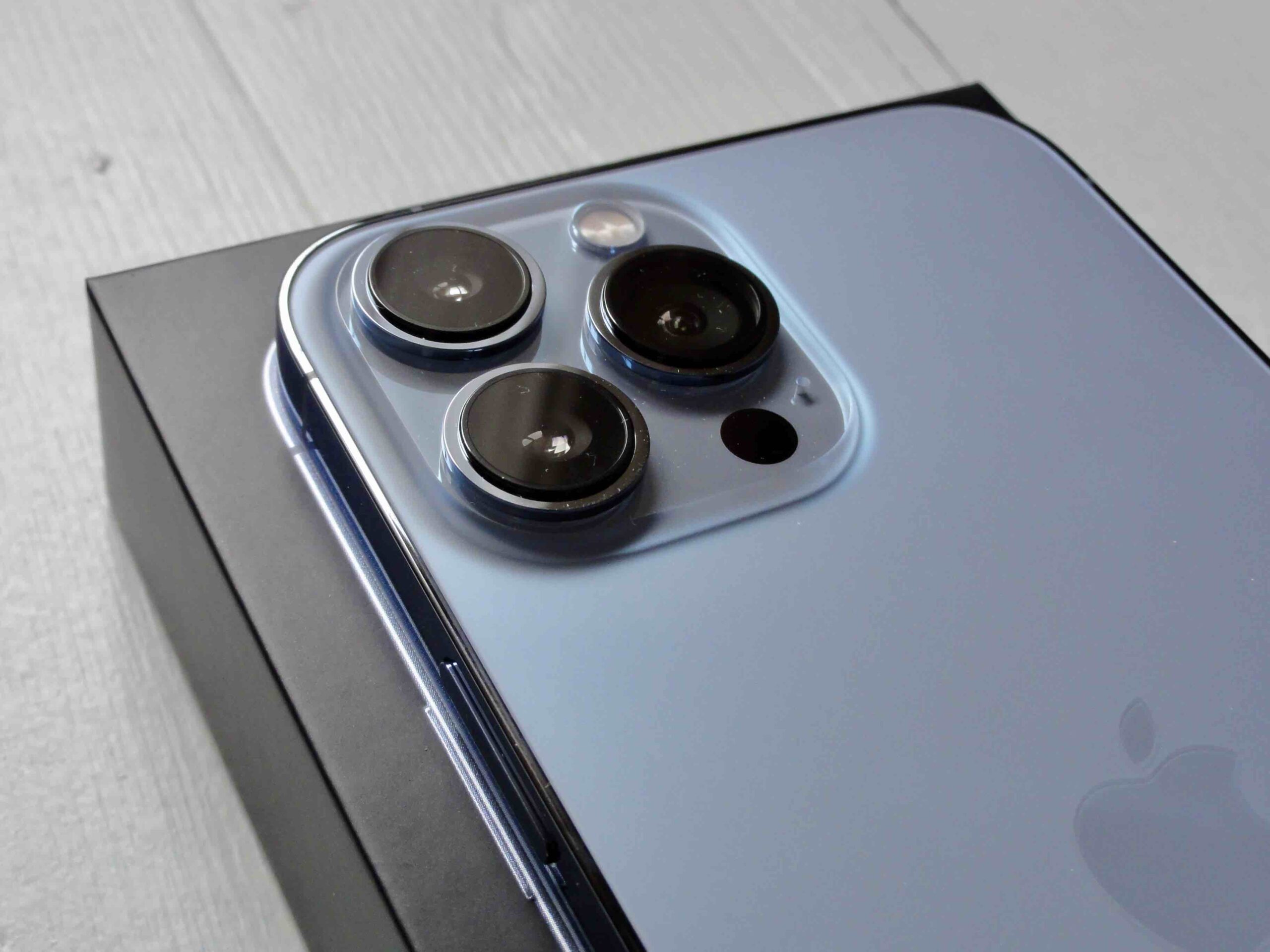

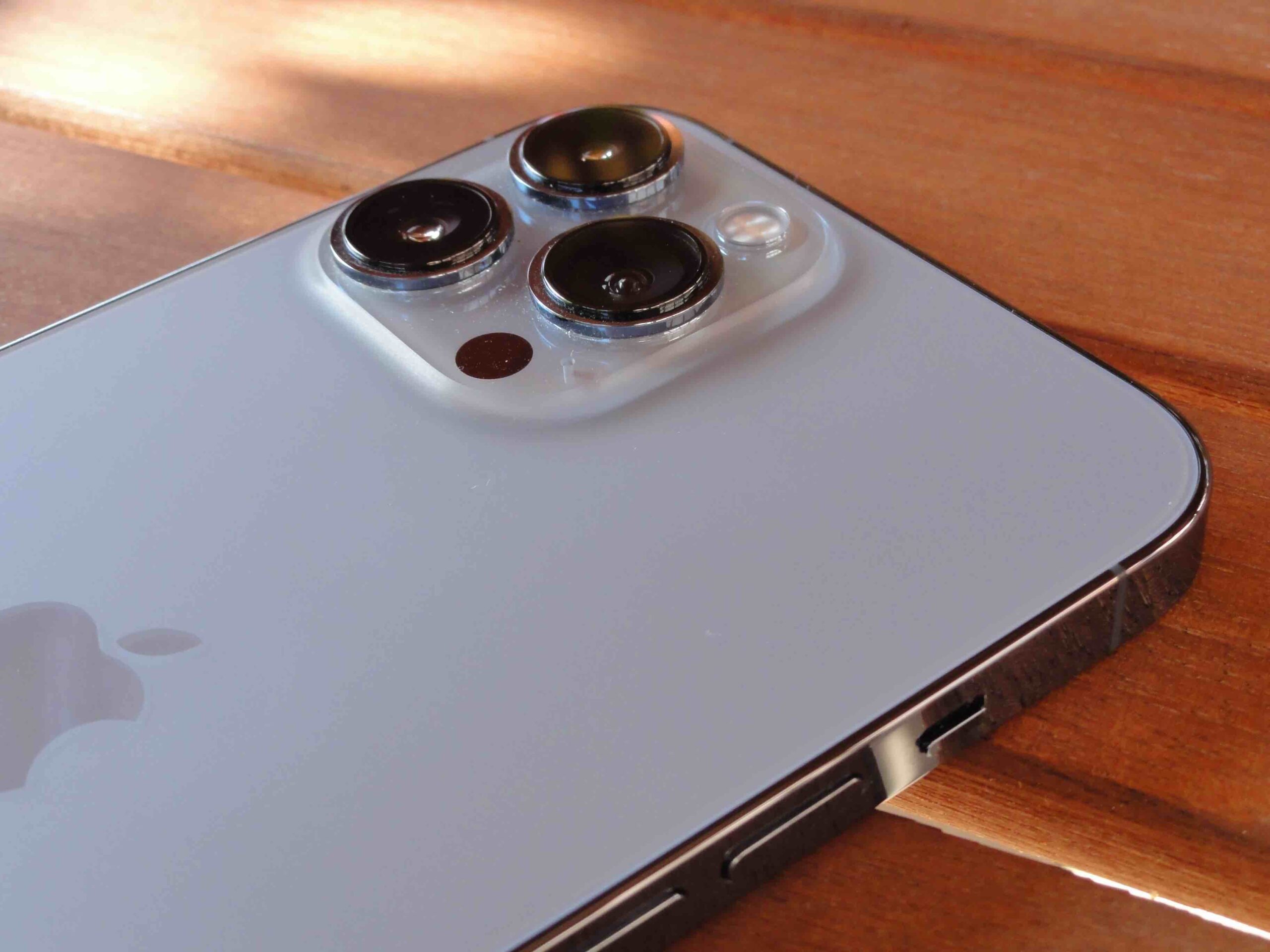
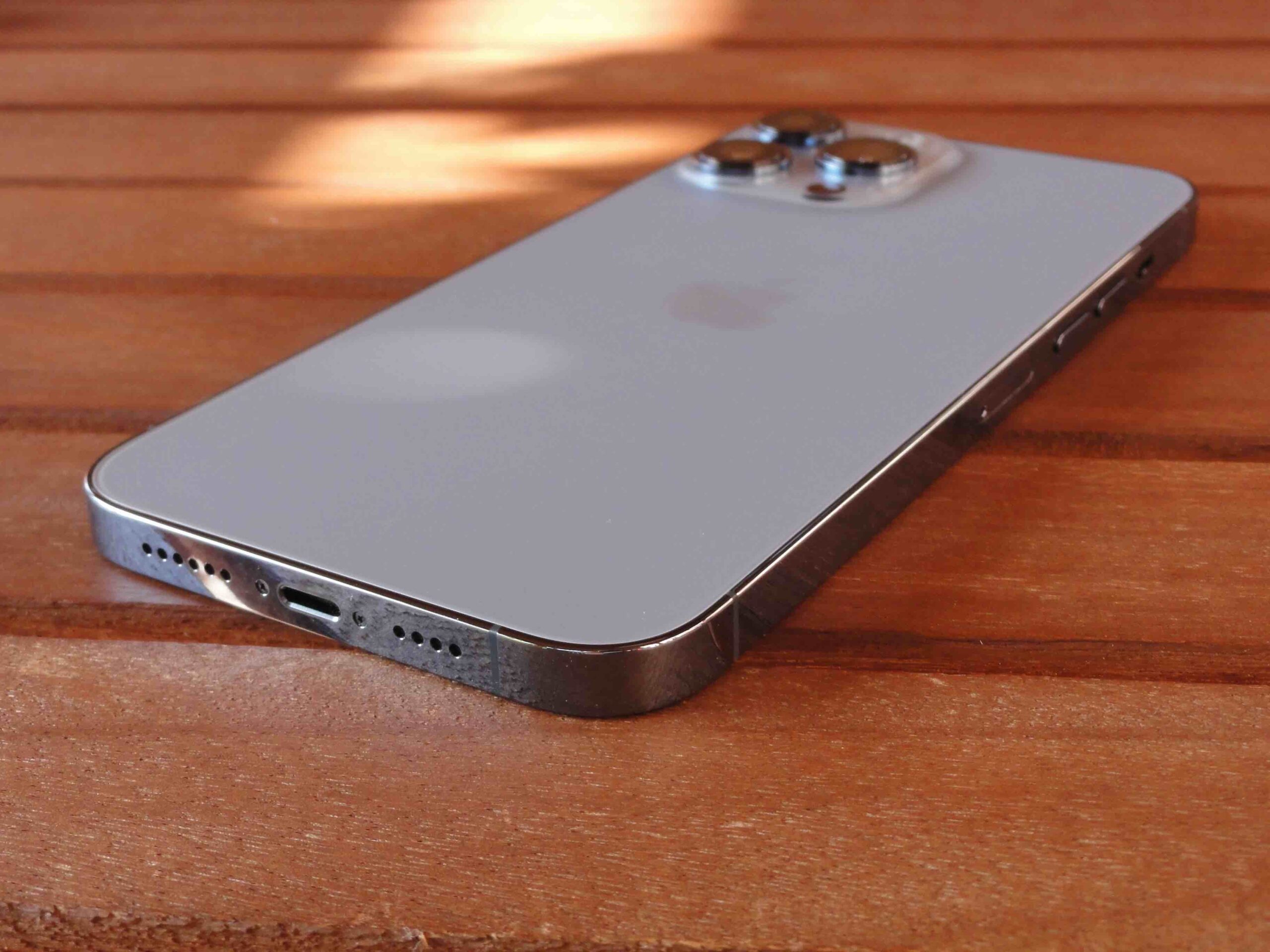






 Adam Kos
Adam Kos